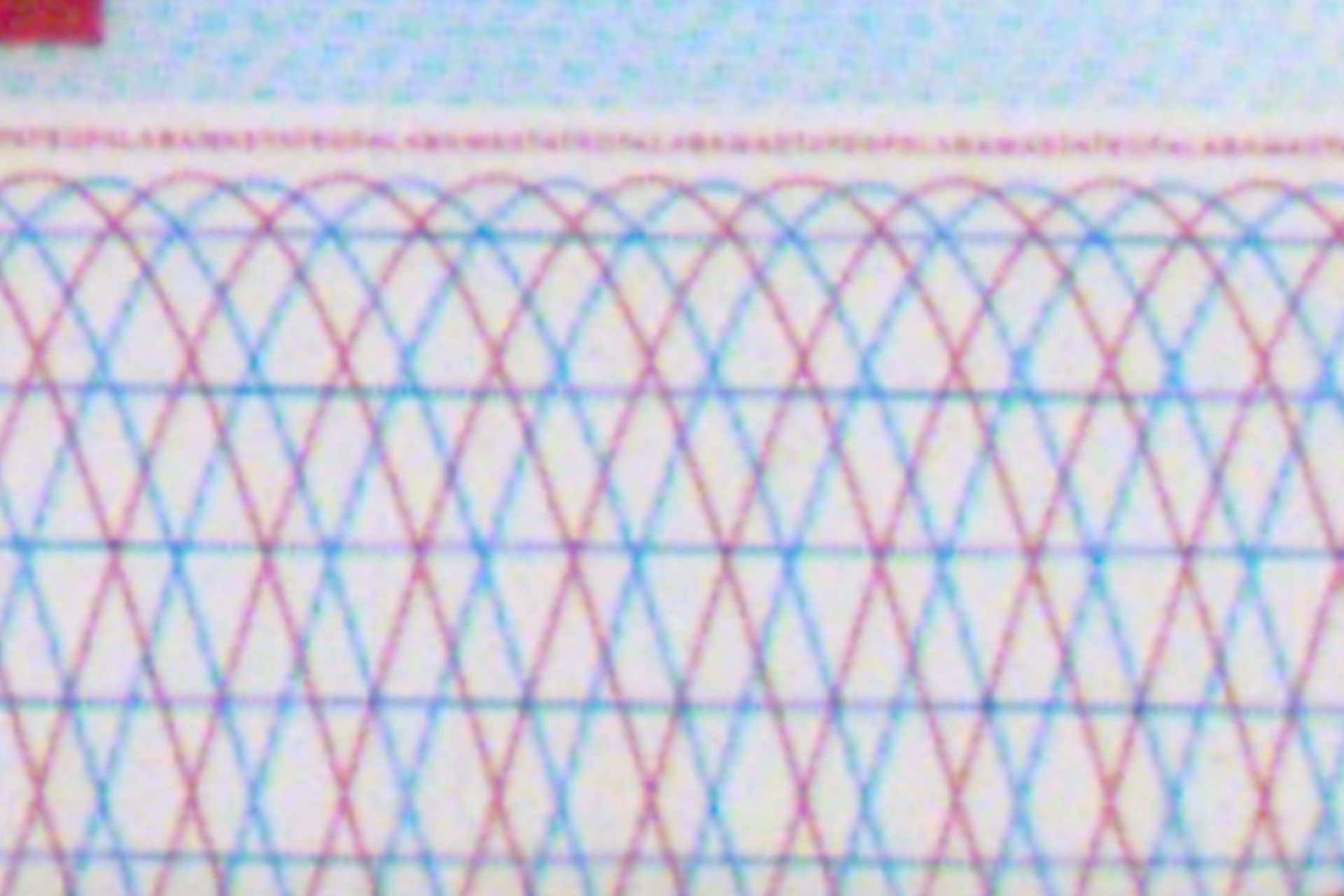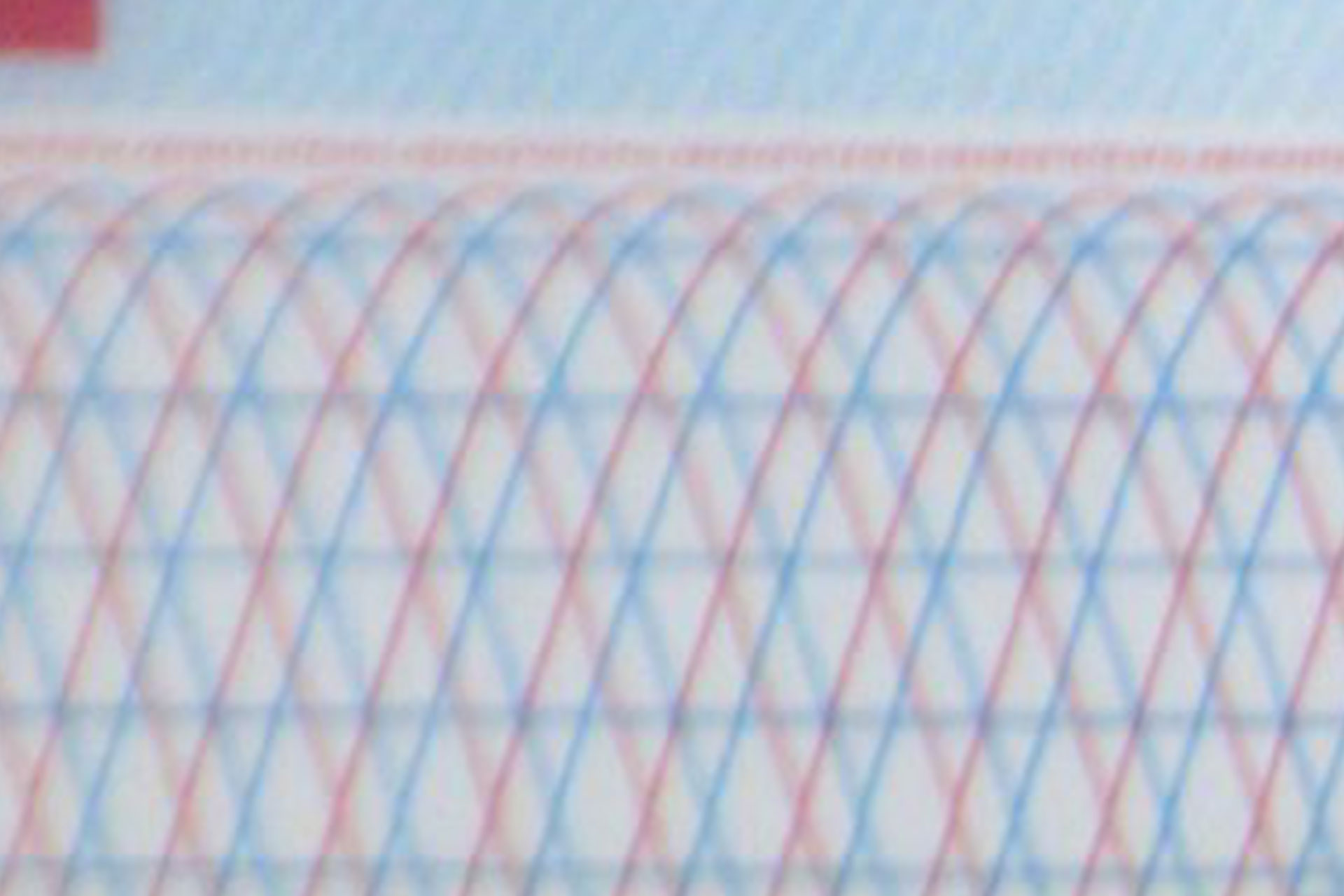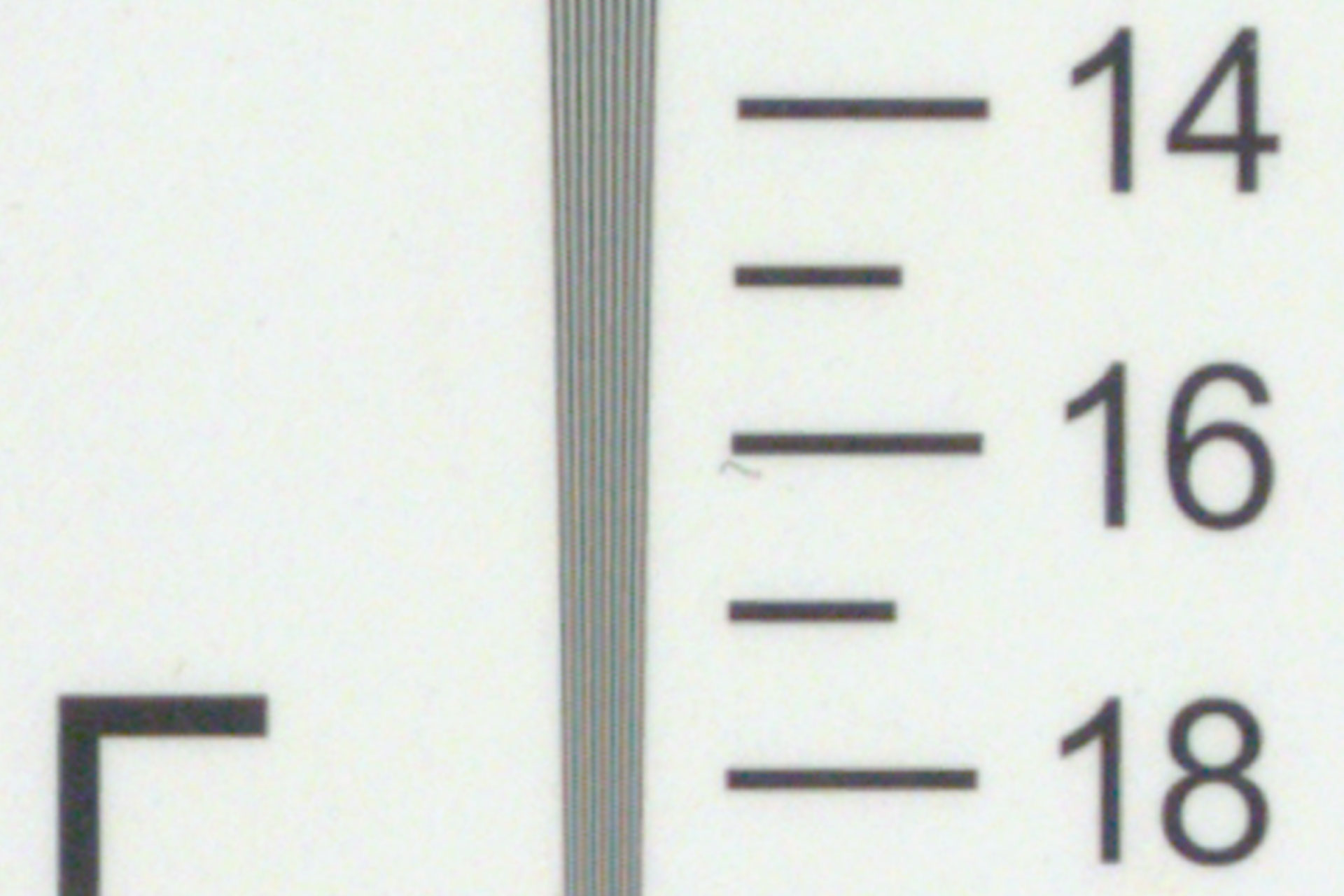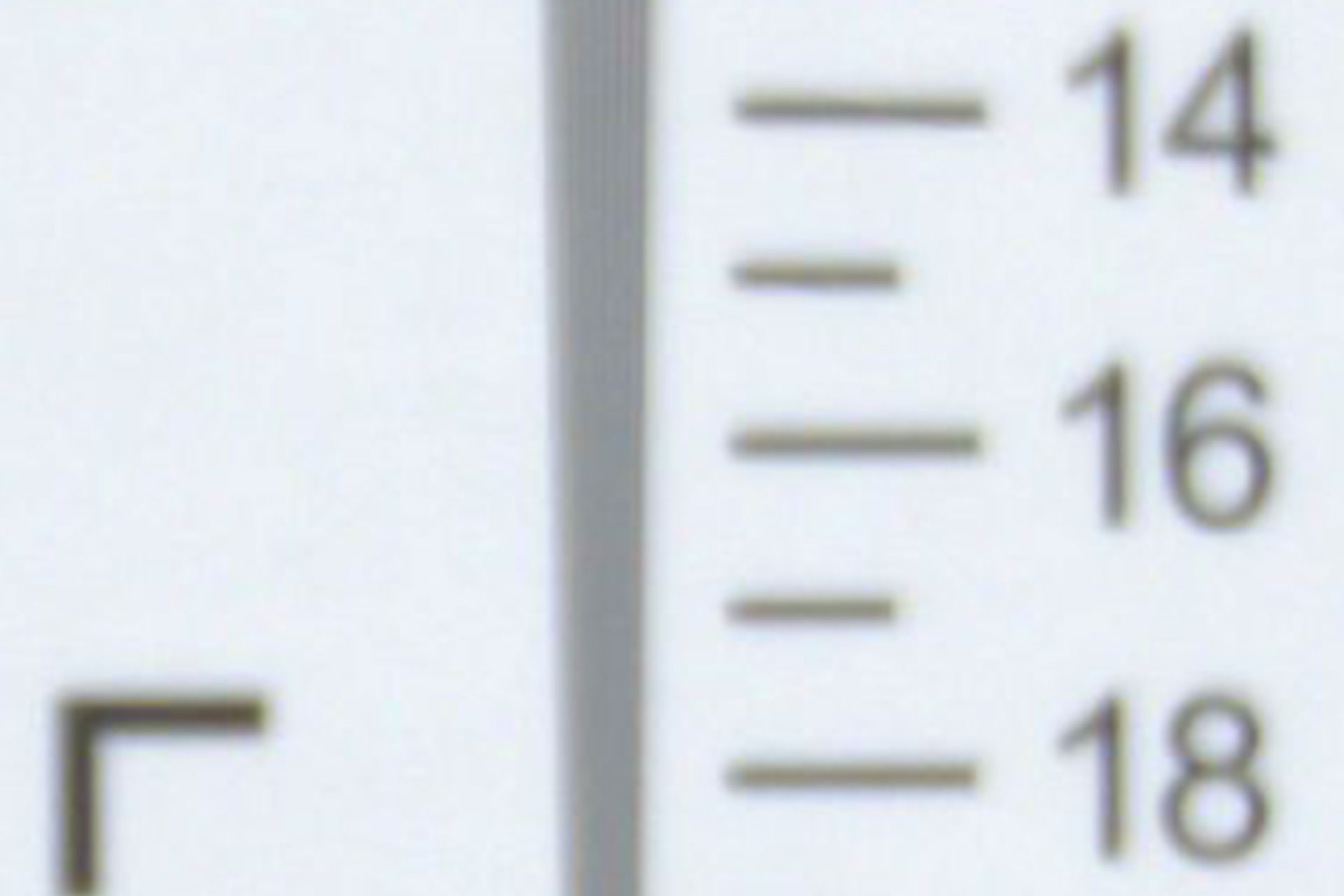Dr. I. D. Clever explains the DESKO world
Today: the world of resolution and line pairs
Dear readers,
may I introduce myself? I am Dr. I. D. Clever and my task at DESKO is to explain things worth knowing about "document science" in a simple and understandable way.
- What is an identity document and what is not?
- How are identity documents structured?
- What technology is used to retrieve data from documents and how is it analyzed?
If these questions are relevant to your everyday work, then you've come to the right place. And if you are a non-specialist and want to impress with agent knowledge at the next boring stand-up reception, then you may also read on. Write to me, to which question in the matter of identity verification you are looking for an answer. Email me at desko@desko.com, keyword "Question for Dr. Clever" will do!
Best regards
Your Dr. I. D. Clever
And so to our topic today:
What is actually understood by the term "resolution"?
Typically, when dealing with images and image-generating devices such as cameras or scanners, we talk about their resolution or resolution performance. But the term "resolution" is not as trivial as it might seem at first glance. The resolution of an image or device can mean different things. Basically, a distinction is made:
- Resolution as image dimensions: Height and width of the image in pixels.
- Resolution as pixel density of the image: The quotient of pixel / distance. The distance is usually measured in "inches" and thus the pixel density in "pixels per inch" (ppi or dpi).
- Resolution as a value for determining the quality of an optical system
Resolution as pixel density of an image file (dpi or ppi)
The units of measurement ppi or dpi indicate how many pixels can be imaged on one inch (2.54 cm). As a rule of thumb, the more pixels on a given distance, the higher the pixel density (resolution) and the more object details become visible.
As an example, let's compare the scans of a passport and a credit card. If the pixel density is to be identical for both scans, the passport scan must have more pixels in total because it is larger than the credit card scan. In other words, if the resolution (as pixel density) is to remain the same, the resolution (as image dimension) must increase.
At the same time, it is important to keep in mind that specifying the resolution in dpi says nothing about the sharpness impression of the image. Compare these two images:
Example:
Pixel density = pixel / distance
Image A: 200px / 2.54cm = 78.74 ppi
Image B: 400px / 2.54cm = 157.48 ppi
Image B has the higher pixel density


Although the right image has a higher pixel density of 700 dpi, it looks much blurrier than the left image (pixel density of 500 dpi). The reason for this is that the quality of an image cannot be mapped with a single value such as pixel density. For example, the contrast behavior is also central when it comes to the quality of an image. If the contrast value is poor, the image will be blurred - even a high resolution in the sense of a high pixel density will not help.
Resolution for determining the quality of an optical system
Another important measure for evaluating an optical system is line pairs per millimeter (lp/mm). Here, an optical system is understood to be the combination of lens, sensor and target object and their geometric relationship to each other. Measurements are taken at the object or sensor level, but it is not a question of a single measured value, as with pixel density, but rather the relationship between the density of line pairs and the contrast. Specifically, this indicates how densely line pairs can be packed for a specified contrast value. This is because as the distance between the lines decreases, so does the contrast, making it more difficult to distinguish the lines. A good optic reduces this loss of contrast.
With "ideal" optics, one could capture a pair of lines each with two sensor pixels: one pixel for the black line and one pixel for the white line. And ideally with full contrast (black has pixel value 0, white has pixel value 255).
In fact, however, line pairs can be distinguished by a sensor only up to the line density of 0.5lp/px. If the pattern becomes narrower than this 0.5 lp/px (Nyquist limit), so-called alias effects occur. These are distortions that are not contained in the original. A good sensor reduces the risk of such color shifts.



